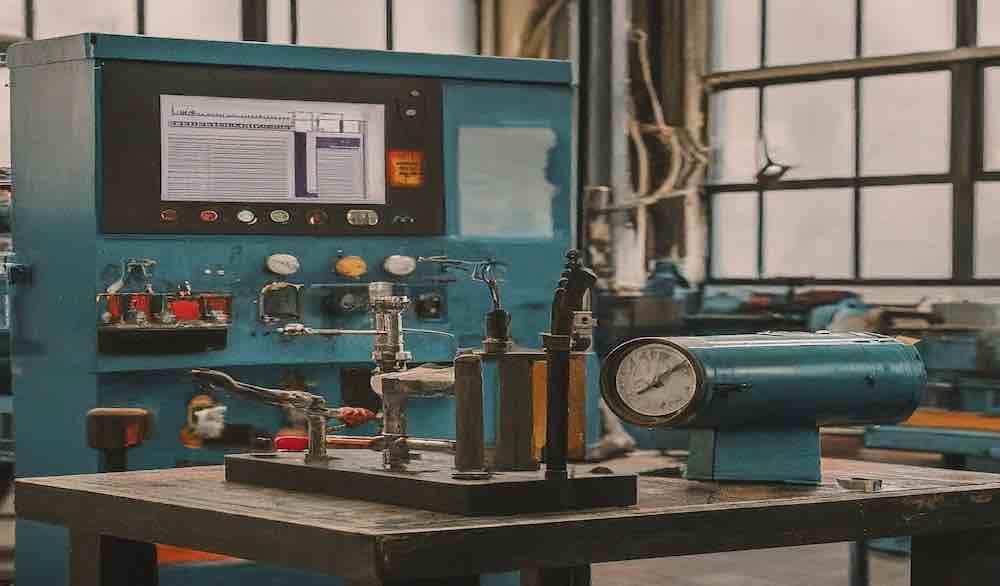Which is Better: Manual or Hydraulic Bolting Tools?
Are you torn between the reliability of manual bolting tools and the efficiency of hydraulic ones? Picture this: you're in the midst of a critical project, and your choice of bolting tool could make all the difference between success and setbacks. The decision between manual and hydraulic bolting tools can have a significant impact on the outcome of your tasks, whether it's in construction, maintenance, or industrial applications.
RephraseLet's dive into the heart of the matter to unravel the nuances of these two essential tools. We'll dissect the pros and cons, revealing when manual tools shine and when hydraulics take the lead. By the end of this comparison, you'll have a clear roadmap to guide your decision-making process when selecting the optimal bolting tool for your specific needs.
Explore with us as we navigate the rugged terrain of manual versus hydraulic bolting tools, uncovering the right fit for your projects. Get ready to equip yourself with the knowledge and insights necessary to make informed choices and elevate your bolting tool game to the next level. Discover the differences between manual and hydraulic bolting tools, and find out which tool reigns supreme for your projects. Dive into our comparative analysis now!
Manual vs. Hydraulic Bolting Tools: Choosing the Right Option for Your Needs
When it comes to bolting tools, there are two main options to consider: manual and hydraulic. Each type has its own unique characteristics and advantages, making it important to understand their differences before making a decision. In this section, we will compare manual and hydraulic bolting tools, highlight their pros and cons, and discuss their applications to help you choose the right option for your specific needs.
Manual Bolting Tools: Strength in Simplicity
Manual bolting tools are simple yet effective devices that rely on human force to produce torque. They often come in the form of wrenches, torque multipliers, or impact wrenches. While manual tools may require more physical exertion, they offer several advantages. First and foremost, they are versatile and portable, making them suitable for a wide range of applications, including automotive repairs, construction projects, and general maintenance tasks. Additionally, manual tools are generally more cost-effective and easier to operate since they do not require hydraulic systems or power sources.
However, manual bolting tools also have their limitations. Because they rely on human strength, they might not be able to deliver the same level of torque as hydraulic tools, limiting their use in heavy-duty or high-pressure applications. Furthermore, the reliance on human force can potentially lead to inconsistencies in torque output, reducing precision in certain tasks.
Hydraulic Bolting Tools: Power and Precision
Hydraulic bolting tools, on the other hand, utilize hydraulic or pneumatic pressure to generate torque. These tools can deliver extremely high torque levels, making them ideal for heavy-duty applications or tightening large bolts. They provide consistent and precise results, ensuring accurate torque output in various tasks.
The power and precision of hydraulic tools come at a higher cost than manual options. They require a hydraulic pump or power source to operate, which adds complexity and can limit their portability. Additionally, maintenance and calibration of hydraulic systems may require specialized knowledge or professional assistance.
In summary, the choice between manual and hydraulic bolting tools depends on your specific requirements and budget. While manual tools offer simplicity, versatility, and cost-effectiveness, hydraulic tools provide power, precision, and efficiency for heavy-duty applications. Assess your needs, consider the type of tasks you frequently encounter, and make an informed decision based on the available options. Remember, choosing the right bolting tool is crucial for ensuring successful and efficient operations.
contact Tend Industrial Supplies for your bolting requirements manual or hydraulic
Also read








